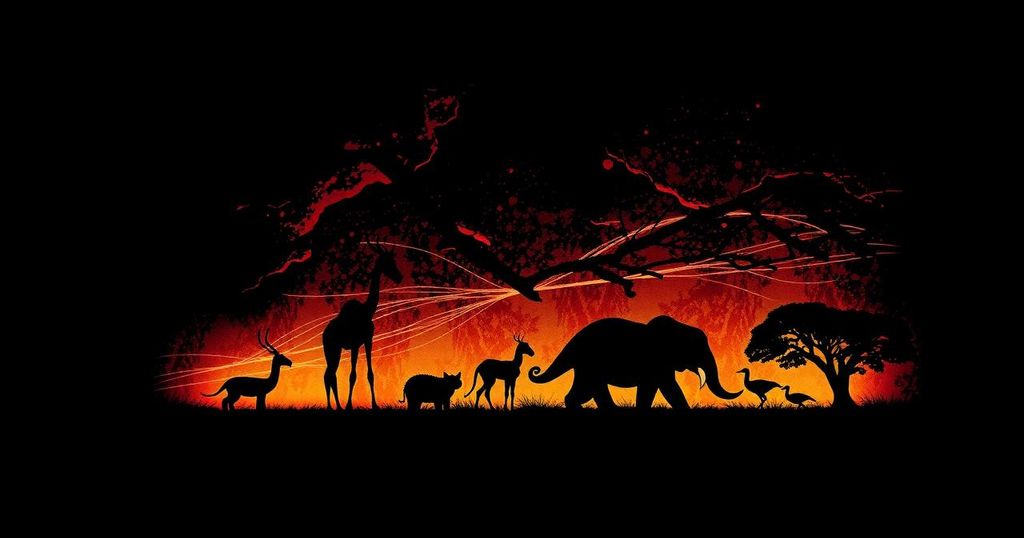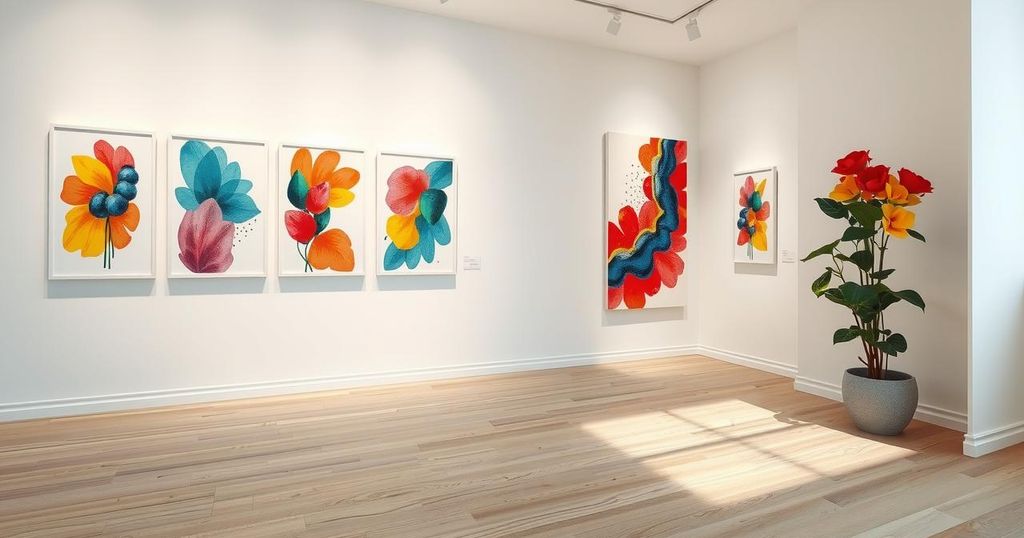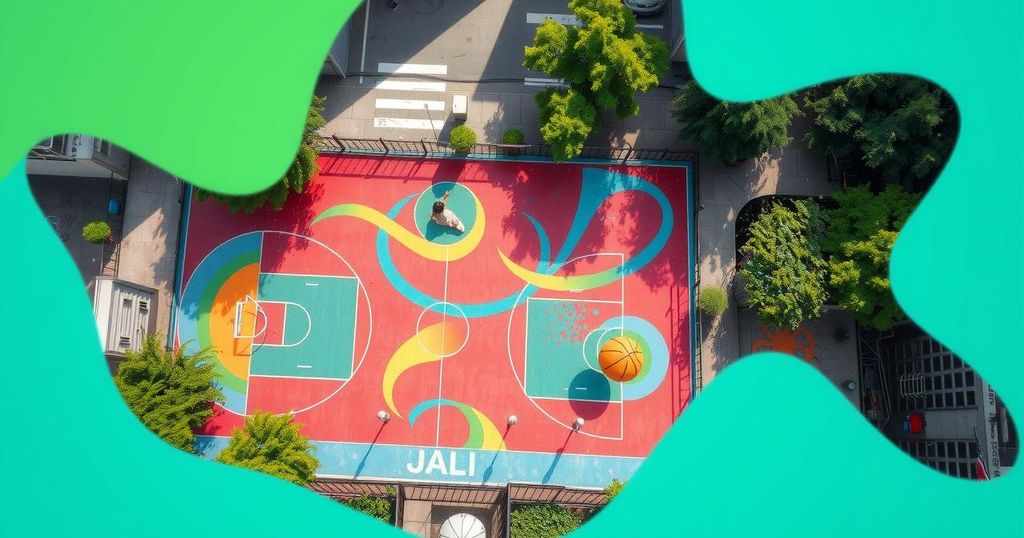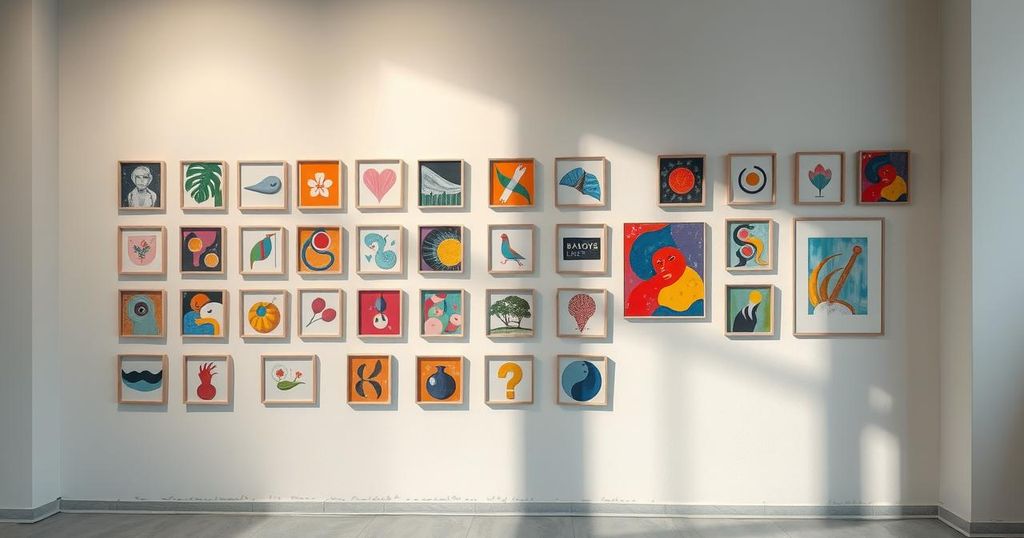Rock Art Reveals Ancient Connections: The Tale of the Dicynodont in South Africa
Summary
In the windswept expanses of South Africa’s Great Escarpment, a tale of ancient artistry intertwines with the whispers of time, revealing a rock panel that resonates with the echoes of creatures long extinguished. An archaeologist, like a modern-day historian unearthing secrets of the past, has put forth a daring hypothesis. Could this mural, etched between 1821 and 1835 by the San people, depict a dicynodont—an herbivorous beast that roamed the Earth a staggering 260 million years ago? The Karoo Basin, a treasure trove of Permian fossils, lent its inspiration to these skilled artisans. But herein lies a curiosity as perplexing as it is profound: how could a people, lacking the formal study of paleontology, accurately capture a species that vanished before the dinosaurs ascended to reign? This image, with its sturdy legs, tubby figure, and striking tusks, is suggestive of these ancient herbivores, yet raises questions akin to shadows dancing in the twilight. Julien Benoit of the University of the Witwatersrand posits that the San painter was not conjuring an ancient ghost or a case of survival against the odds, like the celebrated coelacanth, but rather drawing inspiration from the fossils openly scattered across the landscape. Scenes of colossal beasts, long extinguished by a catastrophic era known as the Great Dying, may have fueled their imagination. The depiction recalls the tacit art of storytelling, weaving together history and myth, as the San formed a legacy bridging the past with their present. With every brushstroke, one can almost feel the pulse of time—creating a vivid tableau that captures the essence of a once-thriving world where diverse creatures like the dicynodont plodded across the ancient landscapes of South Africa, now mere whispers beneath our feet. Benoit’s assertion turns heads: that the traces of these ancient giants inspired fantastical legends that traveled through generations, leaving behind a canvas reflecting a world that was as real as it is dreamlike. The survival of the dicynodonts—a lineage that straddled the realms of mammals and their cousins—equips the narrative with rich scientific depth. Their stout bodies and unique features could have stoked the fires of myth-making, adding layers to the San’s spiritual practices, as they translated real beasts into the iconography of their beliefs. Yet even amidst the marvel, doubts linger. Could this be an artistic interpretation of a living creature, perhaps a warthog, that shared its tusks and earthy rotundity with the mural? This enigma, with its tantalizing hints of combined forms—pulsating like a heartbeat in an artist’s dream—offers a glimpse into the fabric of San culture where myth, memory, and reality are inextricably woven. Benoit’s work highlights a lineage of knowledge that pulses with palpable excitement; the San people were not merely observers of their environment but interrelators, inventors of stories birthed from their interactions with the land’s fossilized remnants. Their lore, rich in geometric designs and intricate narratives, speaks of creatures that once graced their homeland, reminding humanity of the delicate dance between imagination and reality. Thus, what stands before us is not merely a painted beast but a reflection of intertwined histories—captured in a world where fossils turned into myth, and the San people’s artistry invites us to reconsider our understanding of ancient lives. As we step back from the canvas, we find ourselves not only understanding the journey of the dicynodont but realizing the place of humanity within this vast narrative. We too stand at the confluence of memory and imagination, just as these early artists did long before us, tracing the contours of a world lost to time.
Original Source: www.haaretz.com




Post Comment